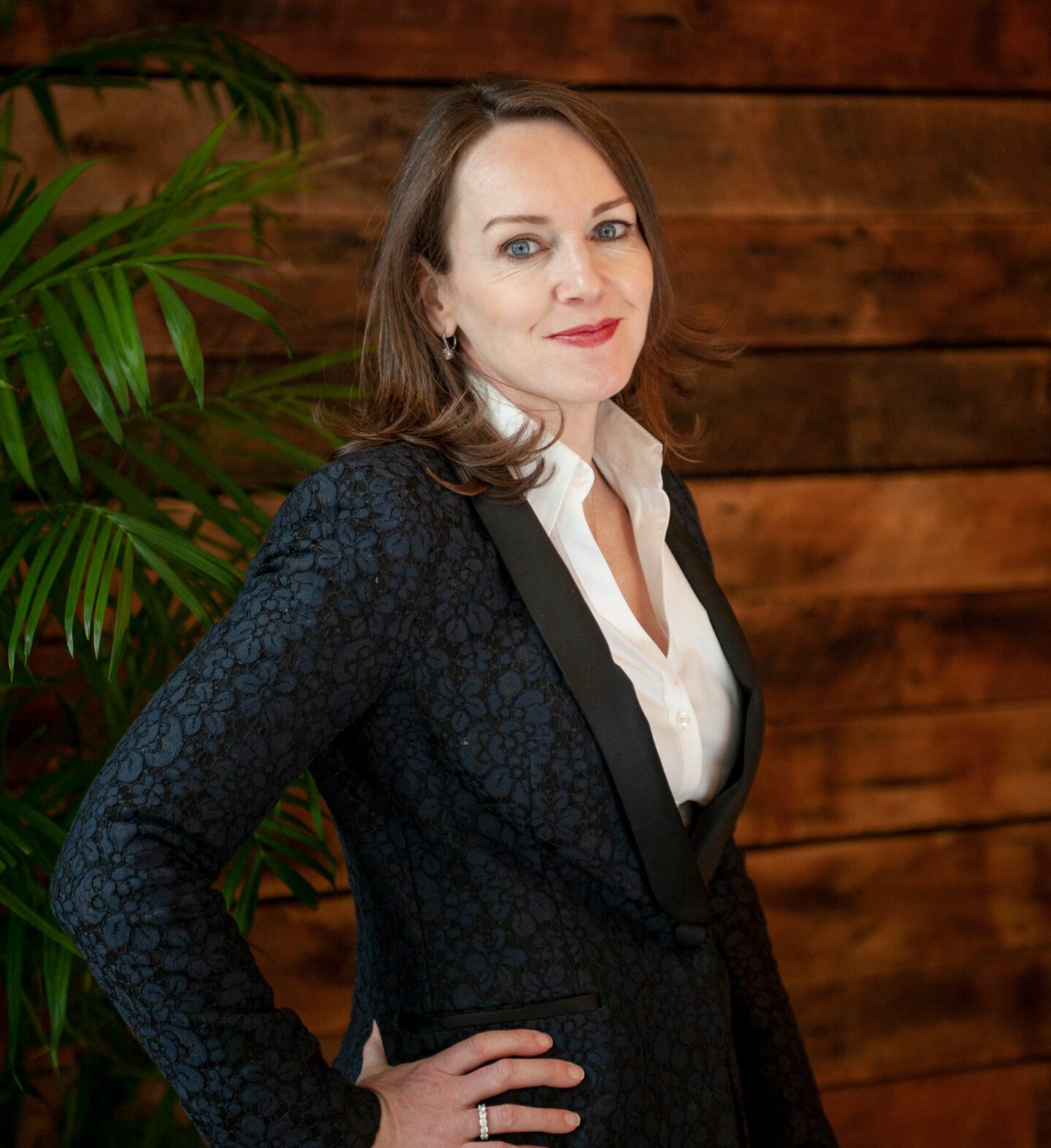
Abbey Capital Futures Strategy Fund has received The Hedge Fund Journal’s CTA and Discretionary Trader award in the category for ‘Best Performing Fund over 8 and 9 Years’ in the Fund of CTAs strategy category. This is one of two US mutual funds that Abbey runs. The multi-award-winning manager is gathering recognition from the media, fund ratings agencies and US allocators’ model portfolios.
Founded in 2000, Abbey Capital is regulated as an AIF manager and is an allocator running multi-manager CTA strategies, managing assets of circa USD 6.8 billion (August 2023) which make it one of the world’s largest managed futures multi-managers. The firm’s operational infrastructure is distinguished by a proprietary managed account platform providing total control, transparency and ongoing risk management.
Abbey currently has 80 staff members which includes 10 in New York City dedicated to client servicing, marketing and business development, led by Managing Director and Head of Abbey Capital (US) LLC, Helen Doody.
It is not about timing, it’s about building more robust portfolios.
Helen Doody, Managing Director and Head of Abbey Capital (US) LLC
Multi-manager benefits
Abbey’s mutual funds give investors a well-diversified “one stop shop” for their CTA allocations. “Multi-manager solutions can be a robust and efficient way to build exposure to CTAs and being exposed to several managers resonates well with advisers and sophisticated allocators in the US. Picking several managers rather than just one is considered by some as best practice for institutions in the US. Advisers already have a lot of work to do in managing their relationships and we deliver the CTA part back to them in one line item,” explains Doody.
On top of diversification inside the product, investors increasingly understand the diversification benefits that the strategy brings to their wider portfolios. In 2022 the uncorrelated performance of some managed futures indices was much appreciated even if it was sometimes more challenging to grasp during years when other asset classes were doing better. Some investors may well chase performance in the rear-view mirror, but others recognize the longer-term portfolio diversification benefits of maintaining exposure through the cycle. In 2020, certain managed futures indices were also adept at capturing trends related to the Covid crisis and policy responses. Reaching further back, some managed futures indices generated powerful diversification benefits during other crises, such as the Great Financial Crisis in 2008 and the bursting of the TMT bubble in 2001/2002.

Helen Doody, Managing Director and Head of Abbey Capital (US) LLC
The investor base for Abbey’s mutual funds ranges from larger state pension plans to wealth managers, private banks, financial advisers, family offices and high net worth individuals. In the US there is increasing endorsement of Abbey in “model portfolios” built by investment specialists and “wire houses,” an American term for broker dealers and securities firms. Three of the largest wire houses, which are also household names, have included Abbey in their various model portfolios.
(Investors can also access Abbey’s expertise through their own customised mandates or private placement funds).
A leading CTA manager in the mutual fund space
The US mutual funds were seeded by Abbey itself and have steadily grown to assets of USD 2.7 billion as of June 2023. Abbey Capital Futures Strategy Fund is the largest multi-manager 1940 Act mutual fund in the Morningstar Systematic Trend category, and the third largest overall, out of 27 US ‘40 Act mutual funds, including a mix of single managers and multi-managers. Morningstar have carried out due diligence on Abbey’s Dublin office, which is responsible for research, due diligence, portfolio construction, oversight and ongoing risk management.

Mick Swift, Chief Executive Officer
Rising rates have recently helped to boost returns
Abbey’s investment management capabilities also include a Treasury team, who as part of their overall cash management process invest excess cash into US Government Treasury Bills, which are currently earning over 4%. Cash makes up the majority of the mutual fund, which obtains cash efficient exposure through futures and OTC FX. Abbey has never used an external cash manager, and would not take money market, bank or corporate credit risk with the cash to try and boost the yield. “In 23 years, we have always wanted to be able to deliver on daily liquidity for all products,” says Chief Executive Officer, Mick Swift, who was previously Research Director at the firm for nearly 10 years.
Liquidity and rebalancing
“Some investors were able to redeploy their CTA profits into equities in late 2021 or early 2022, which turned out to be a good timing decision and we were very happy to provide them with the liquidity to do so,” says Swift.
Indeed, some investors do need to rebalance portfolios, especially in a year like 2022 when the “denominator effect” increased managed futures weightings considerably for some allocators. For example, if investors were mainly exposed to equities and bonds down around 20%, and their CTA was up 20%, the CTA weighting could have increased by 50%, which might mean they need to sell about a third of it to get back to target weighting.
Conversely, other investors have historically been adept at buying the drawdown in CTA performance to maintain their weightings. “Some investors are tested by drawdowns, but we also seek to educate them on the potential long-term benefits for portfolios. Some more seasoned and long-term investors have often been more confident about tactically adjusting their CTA allocations, and take profits after a strong run,” says Doody.
We are patient in getting to know managers, understanding the strategies, and how they work together to give the investor the solution.
Mick Swift, Chief Executive Officer
As a CTA expert and a fully-fledged investment house, Abbey has deep and longstanding relationships with CTA and macro managers. It currently allocates to 21 managers globally, drawn from a universe of 400 managed futures and macro managers that are monitored. Abbey scours the globe for managers who are based not only in major financial centres such as London, New York or Chicago, but also in US states such as Missouri, Massachusetts, Colorado, Connecticut and California.
Managers are selected using both quantitative and qualitative analysis, and on-site due diligence is also essential. Abbey Capital’s investment committee is led by founder and CIO, Tony Gannon, who has been in the managed futures industry since the 1980s, as has Swift. Allocations are made through fully segregated managed accounts offering total transparency and control, rather than comingled fund vehicles that most of Abbey’s external managers run.
Abbey has forged long-term relationships with its managers. “Turnover of managers has always been very low and we have been invested with some of them from the very start 23 years ago. We are patient in getting to know managers, understanding the strategies, and how they work together to give the investor the solution. On average, one manager per year is added or deleted in response to the changing market climate across our funds,” says Swift.
Trend following CTAS are the dominant strategy, based on providing diversification benefits relative to conventional asset classes and other hedge fund strategies. “We have high conviction in them over time. Though there is high correlation between trend following managers, there is also a high dispersion of returns, which has continued and expanded in recent years,” says Swift. This dispersion potentially places a premium on accessing an appropriate mix of managers.
$6.8bn
Abbey Capital is regulated as an AIF manager and is an allocator running multi-manager CTA strategies, managing assets of circa USD 6.8 billion (August 2023) which make it one of the world’s largest managed futures multi-managers.
A diverse suite of strategies
Beyond core exposure to trend followers, Abbey allocates to short term traders. “They have a unique role to play as first responders,” says Swift.
On the fundamental side, Abbey allocates to both discretionary and systematic fundamental macro managers. “They can act as a useful diversifier for trend following to build robustness through cycles. Discretionary managers in particular can sometimes accurately anticipate market moves and regime shifts before trend followers. They may enter and exit trades before trend followers,” says Swift.
If some of the managers are making tactical moves, Abbey itself is not expressing any tactical views in its core manager selection or the occasional replacements of managers. “We take a long-term view combining different managers and strategies for a more robust outcome reducing volatility at portfolio level. We believe a good balance of managers is more important than making tactical timing calls,” says Swift.
Abbey’s mutual funds’ monthly newsletters provide a high level of transparency, including performance attribution by asset class, individual contract, style and manager.
Outlook
Higher interest rates have not only generated strong trends in bond markets that have been captured by some CTAs. A more normal interest rate environment also contributes towards trends in currencies, equity indices, equity sectors, and other markets traded by CTAs. Meanwhile, inflation has engendered strong trends in some commodity prices.
The current environment remains one of political, geopolitical and economic uncertainty, where certain investors want to add managed futures to improve the robustness of portfolios. “Increased volatility in fixed income markets seen in March 2023 is an example of random events unsettling investors. In some cases, higher risk-free rates are enticing investors back into bonds, but they often also want managed futures to balance out diversified portfolios,” says Doody.
Investors have become a lot more engaged in understanding managed futures strategies, and they are seeking more diversified portfolios which keep an open mind about where performance could come from: “It is not about timing, it’s about building more robust portfolios,” says Doody.
- Explore Categories
- Commentary
- Event
- Manager Writes
- Opinion
- Profile
- Research
- Sponsored Statement
- Technical